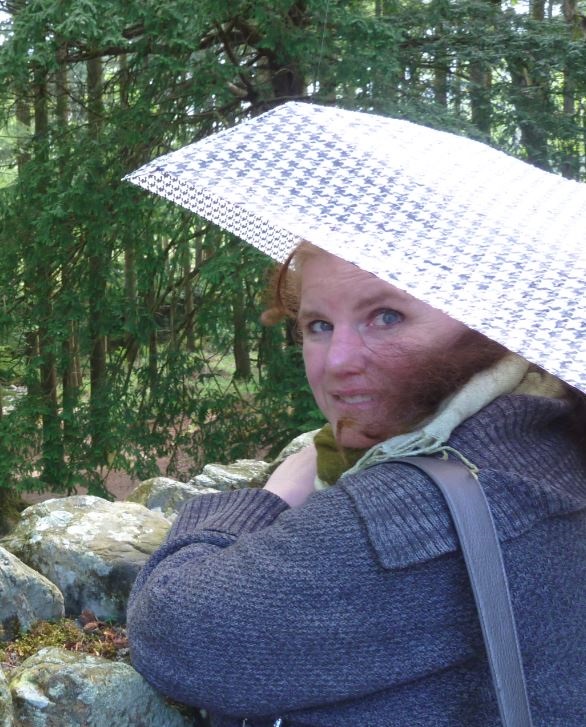“Algebraic rain,” and “You too must have drops of sunny forest blood” hint at his ability. More tellingly: “I had never known this before, but now I know it, and you know it: laughter can be of different colors. It is only an echo of a distant explosion within you. It may be festive – red, blue, and golden fireworks; or– torn fragments of a human body flying up.” His ability also leads to more abstract emotional cross-overs:“It was like holding up your hands and shouting to a bullet: you still hear your ridiculous “Don’t,” and the bullet has already gone through you, you are already writhing on the floor.”
But Zamyatin took this innate ability that allowed him to see a cold pale blue along with the letter “L” out of simple poetic imagery and used it to examine and demonstrate the less visible properties of the human soul. It’s amazing.
“It has never occurred to me before, but this is truly how it is: all of us on earth walk constantly over a seething, scarlet sea of flame, hidden below, in the belly of the earth. We never think of it. But what if the thin crust under our feet should turn into glass and we should suddenly see... I became glass. I saw within – myself.”
This eerie poetry is not the reason that We is on most science fiction reading lists: written around 1921, it is also the first dystopia of note, making an obvious trail which was eventually followed by Brave New World, 1984, Ayn Rand’s Anthem, and apparently, Vonnegut’s Piano Player.
It’s not a perfect book, though I am finding there may be no such thing. I carried this book around in my purse for a few weeks, reading chapters here and there, but I had to make a conscious effort to sit down and finish it. The plot plods, in the way books of this vintage can.
If anyone wants to say, “I know science fiction,” I think they have to read this book. It also has a critical lesson for writers: analyze and more importantly, describe, the human being’s ticking mind and beating heart beneath, and yes, their little hidden souls. It’s the real story.
Story.

 RSS Feed
RSS Feed